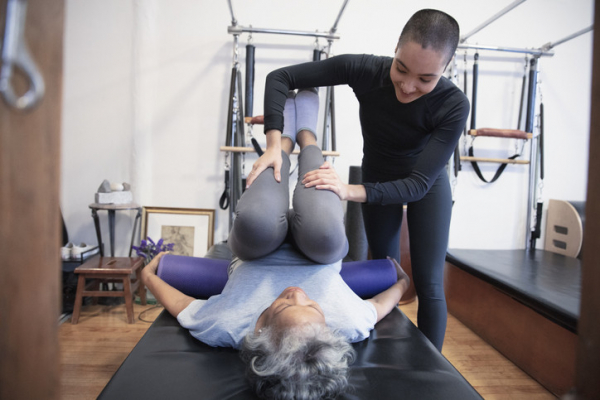
In December, researchers reported findings from a study showing that the drug abiraterone halves the risk of prostate cancer death among a specific group of patients who previously would not have been treated with it. Currently, abiraterone is approved only for men with prostate cancer that is spreading (metastasizing) in the body. But men enrolled in the study were treated at earlier stages, before their tumors had a chance to spread. Based on the findings, the investigators concluded that abiraterone should considered for treating aggressive prostate cancer that has not yet begun to spread to other sites, but likely will in the future.
Abiraterone was first approved in 2011, specifically for metastatic prostate cancer that no longer responds to chemotherapy or drugs that block testosterone (a hormone that fuels prostate tumor growth). Treatments that block testosterone production in the testicles and other glands are called androgen deprivation therapies, or ADT. Some tumors get around ADT by making their own testosterone, however, and that’s where abiraterone comes into the picture: it prevents cancer cells from making the hormone. Doctors give abiraterone together with prednisolone, a steroid that lessens treatment side effects. More recently, abiraterone’s approval was extended to men who still respond to ADT or have not yet been treated with chemotherapy.
During the newly published study, which is called STAMPEDE, researchers in the UK and Switzerland enrolled 1,974 men with high-risk cancer that was still confined to the prostate and nearby lymph nodes. The STAMPEDE clinical trial is testing multiple treatments for advanced prostate cancer, and this particular study was one of several conducted as part of that broader effort. The men in this case were 68 years old on average, and each of them was assigned to one of three different groups:
- ADT by itself (the control group, which included 988 men)
- ADT in combination with abiraterone and prednisolone (459 men)
- ADT in combination with abiraterone, prednisolone, and another drug called enzalutamide that is similar to abiraterone (527 men).
ADT in the control group lasted three years, while most of the men receiving combined therapies underwent two years of treatment.
The results
After six years of follow-up, 7% of the 986 men who received abiraterone as part of their treatment had died from prostate cancer. By contrast, 15% of the 988 men given ADT by itself had a prostate cancer death. Moreover, abiraterone significantly lengthened the time it took for metastases to appear.
Based on these findings, the investigators concluded that “patients treated with the combination therapy [that includes abiraterone] are more likely to live longer and die from another cause.” Side effects were more common among abiraterone-treated men, and included hypertension and increased liver enzymes. Adding enzalutamide had no added treatment benefits, making that drug’s use among nonmetastatic cancer patients “unjustified due to additional toxicity and cost,” the investigators wrote.
“This important study adds to the extraordinarily encouraging news regarding treatment advances in advanced and metastatic forms of prostate cancer,” said Dr. Marc Garnick, the Gorman Brothers Professor of Medicine at Harvard Medical School and Beth Israel Deaconess Medical Center, editor of the Harvard Health Publishing Annual Report on Prostate Diseases, and editor in chief of HarvardProstateKnowledge.org. “Giving abiraterone together with prednisolone is now a mainstay in the management of men with prostate cancer that has spread beyond the confines of the prostate gland and lymph nodes. This new study shows that the addition of abiraterone plus prednisolone to traditional ADT can benefit men who have not yet developed metastatic disease but would be likely to do so in the future. The investigators of the STAMPEDE program continue to make practice-changing discoveries that are meaningful and improve survival in this population, and we welcome these results.”


